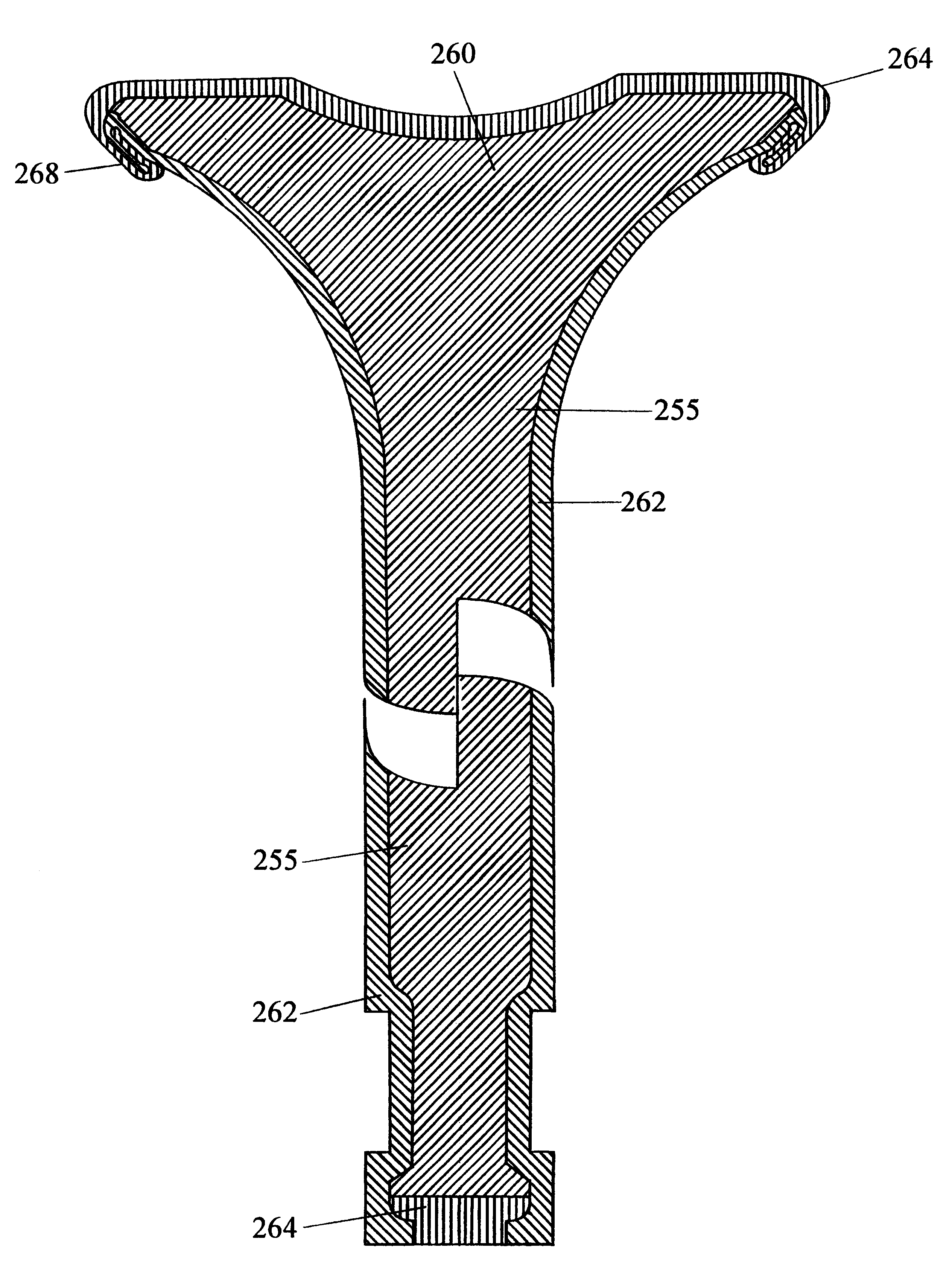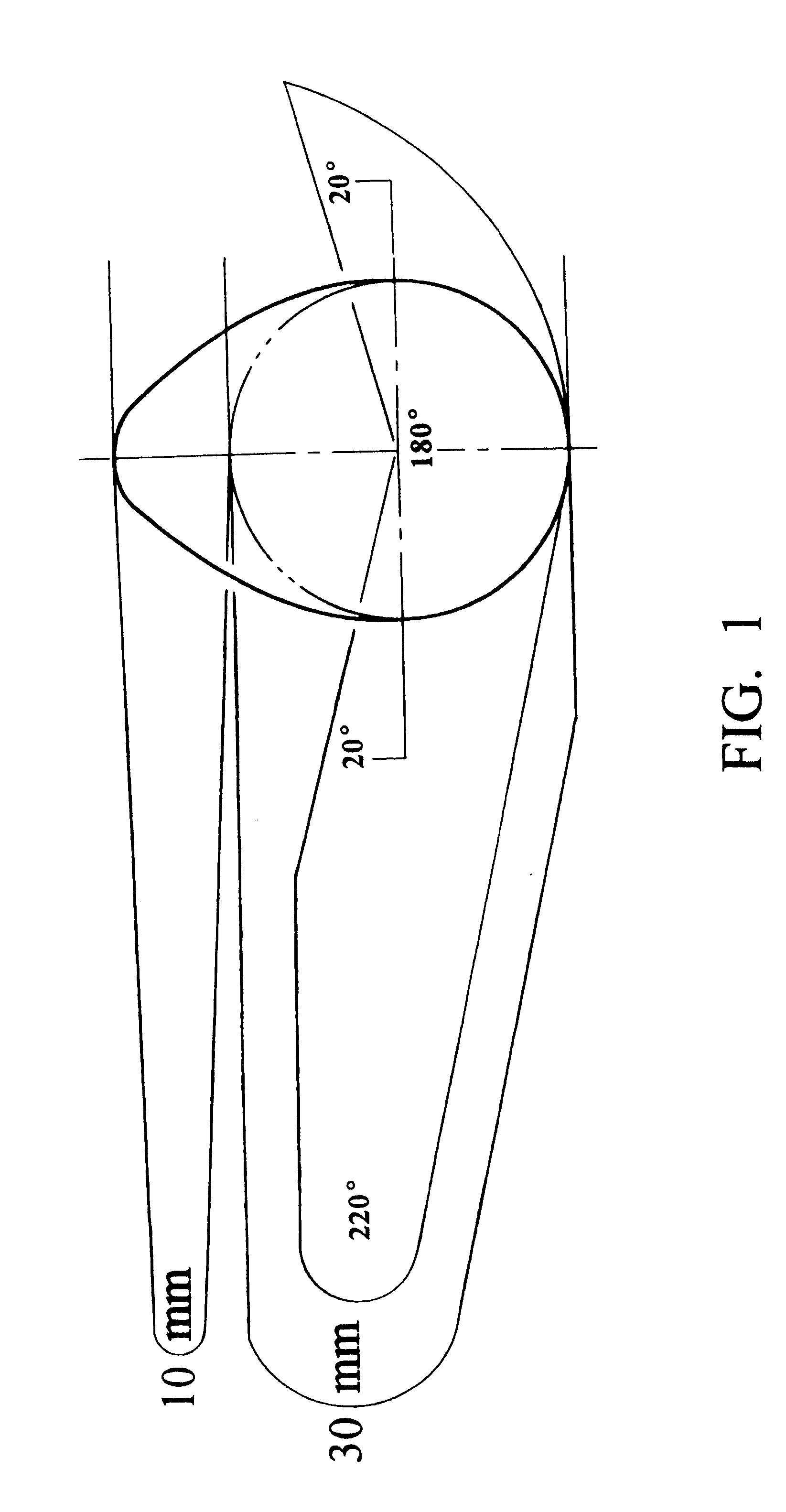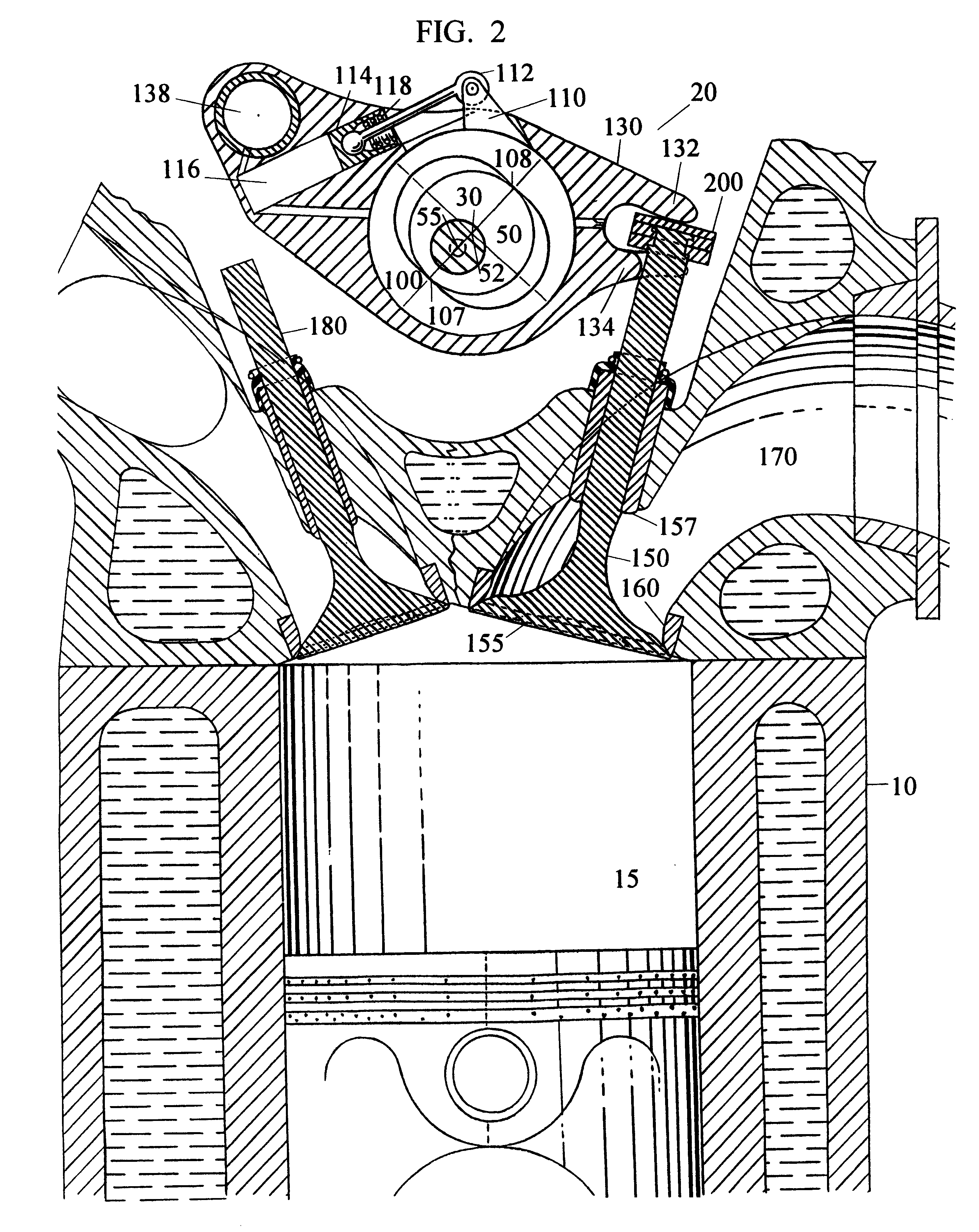Cam operating system
a technology of operating system and cam, which is applied in the direction of valve arrangement, machine/engine, slide valve, etc., can solve the problems of short effective time, increased engine performance, and increased engine speed, and achieve the effect of reducing the actual effective tim
- Summary
- Abstract
- Description
- Claims
- Application Information
AI Technical Summary
Benefits of technology
Problems solved by technology
Method used
Image
Examples
Embodiment Construction
Illustrative embodiments of the invention are described below as they may be employed in a cam operating system. In the interest of conciseness, not all features of an actual implementation are described in this specification. It will, of course, be appreciated that in the development of any actual embodiment, numerous implementation-specific decisions must be made to achieve the developer's specific goals, such as compliance with system-related and business-related constraints. Moreover, it can also be appreciated that even if such a development effort may appear complex and time-consuming, it is nevertheless a routine undertaking for one of ordinary skill having the benefit of this disclosure.
Thus, it is a general cam design technique to employ a displacement-time diagram in which the time axis is laid off in degrees of cam rotation. Displacements of the follower and periods of dwell are selected and indicated on the diagram and connected by suitable curves. Examples of curves are...
PUM
| Property | Measurement | Unit |
|---|---|---|
| camshaft rotation | aaaaa | aaaaa |
| diameter | aaaaa | aaaaa |
| diameter | aaaaa | aaaaa |
Abstract
Description
Claims
Application Information
 Login to View More
Login to View More - R&D
- Intellectual Property
- Life Sciences
- Materials
- Tech Scout
- Unparalleled Data Quality
- Higher Quality Content
- 60% Fewer Hallucinations
Browse by: Latest US Patents, China's latest patents, Technical Efficacy Thesaurus, Application Domain, Technology Topic, Popular Technical Reports.
© 2025 PatSnap. All rights reserved.Legal|Privacy policy|Modern Slavery Act Transparency Statement|Sitemap|About US| Contact US: help@patsnap.com



